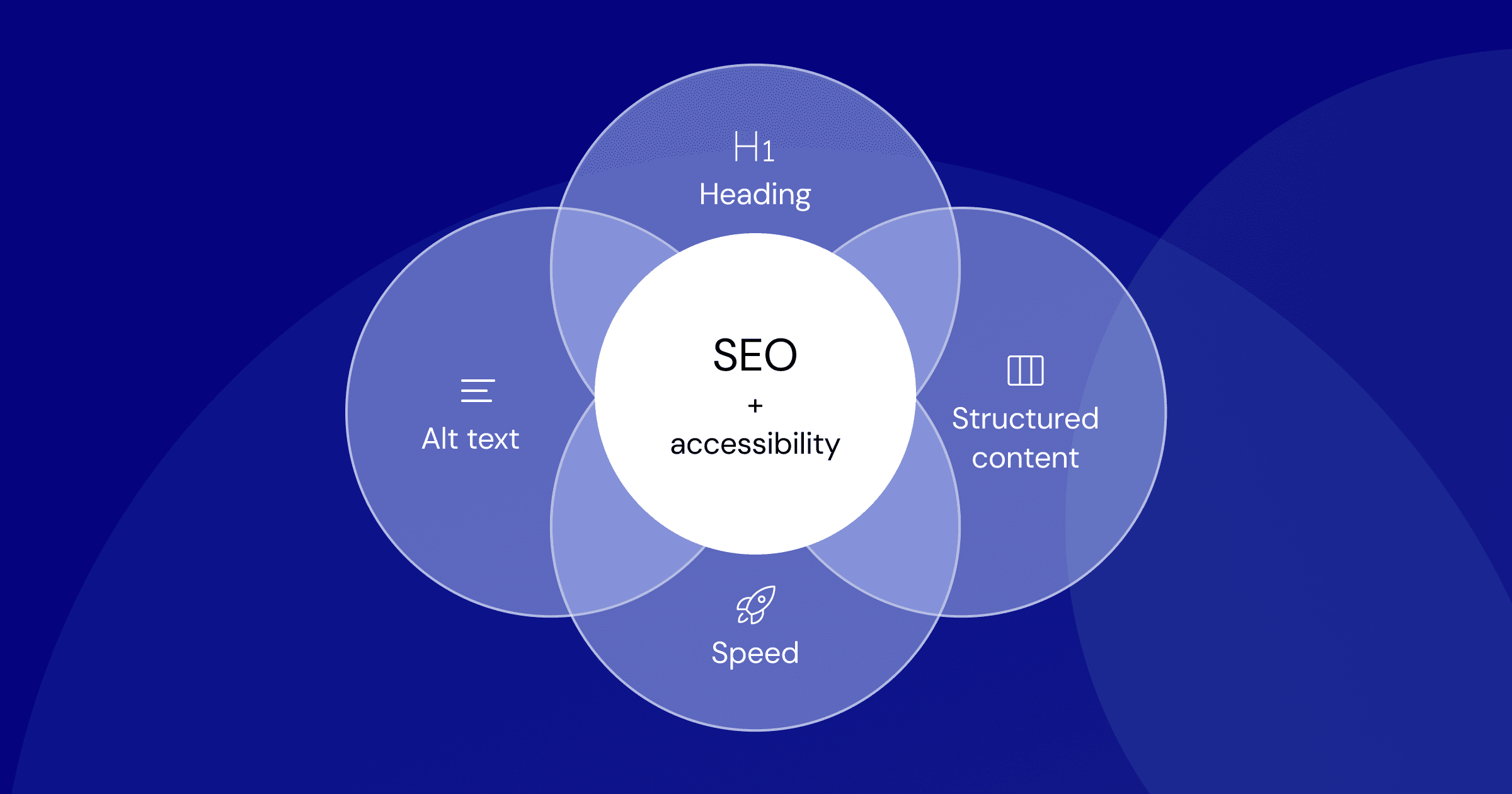Google's Opal AI: Scalable Content or SEO Minefield?
By Samuel Greene • November 11, 2025 • 7 min read • 38 views

Google's Opal AI: Revolutionizing Content Creation or a Return to Automation Woes?
Google recently highlighted Opal, an internal AI tool designed to streamline content and mini-app creation. The way it's being described – as a way to generate "optimized content in a scalable way" – has sent ripples of concern through the SEO and content creation communities. Is this a legitimate evolution in how we produce digital assets, or a new avenue for keyword-stuffed, low-quality content that Google itself has long cautioned against?
What is Google's Opal AI?
While not a public-facing product for end-users to generate articles (yet), Opal is an internal Google tool that leverages AI to help employees create mini-apps and content more efficiently. The recent buzz stems from a Google blog post that emphasized Opal's ability to produce content at scale. This has naturally raised questions about whether such automated content generation aligns with Google's own established guidelines for helpful, high-quality content. Many SEO professionals are understandably wary, given Google's ongoing efforts to combat spam and AI-generated content that lacks genuine value.
The SEO Tightrope: Scalability vs. Quality
The core of the concern lies in the phrase "optimized content in a scalable way." For years, Google has championed content that is helpful, reliable, and people-first. The specter of AI-generated content that prioritizes keywords and structure over human insight is a familiar one. If Opal truly enables the creation of content that is optimized purely for search engines without a strong human-centric value proposition, it could very well run afoul of Google's core principles.
Think about it: If a tool can churn out hundreds of SEO-optimized articles with minimal human oversight, what happens to the landscape of search results? We could see a flood of generic, repetitive content, making it even harder for genuinely valuable, original content to surface. This isn't a new fear; we saw early versions of this with mass-produced article farms years ago. The question is whether AI can do it more subtly, and therefore more insidiously.
Industry Reactions and Concerns
SEOs and content strategists are naturally looking at this with a mix of intrigue and apprehension. Barry Schwartz, a well-known voice in the SEO community, noted the language used in Google's announcement, highlighting how it has caused confusion and debate.
"Many SEOs are asking if this is against Google search guidelines," Schwartz wrote on Search Engine Land, pointing to the inherent tension between scalable automation and Google's push for human-authored, E-E-A-T (Experience, Expertise, Authoritativeness, Trustworthiness) aligned content.
Dave Ritchie from WebProNews also raised the question of whether this signals a shift in how Google views AI-generated content, or if Opal's purpose is primarily internal, aimed at improving Google's own systems and employee efficiency rather than a wholesale endorsement of AI-driven content production for the public web.
The Future of Journalism and Content Creation
This development also touches upon broader questions about the future of journalism and content creation. Tools that can generate text, images, and even voices are already influencing how information is produced and consumed. As highlighted by GPTZero, AI detection is becoming an essential tool for ensuring accuracy and accountability. If Google itself is developing tools for scalable content creation, it underscores the critical need for robust AI detection and a continued focus on verifiable, human-created expertise.
Navigating the AI Content Landscape: What Marketers Should Do
So, where does this leave marketers trying to navigate the ever-changing digital terrain? It's a reminder that while AI tools can offer efficiency gains, they should be approached with a critical eye, especially when it comes to content intended for public consumption and search engine ranking.
Here are a few actionable steps:
- •Prioritize Human Oversight: Even if using AI for drafting or ideation, human editors and subject matter experts are crucial for ensuring accuracy, originality, and alignment with brand voice and values.
- •Focus on E-E-A-T: Double down on demonstrating Experience, Expertise, Authoritativeness, and Trustworthiness. This means showcasing real-world experience, citing credible sources, and ensuring factual accuracy.
- •Understand Searcher Intent: AI can mimic patterns, but true optimization comes from deeply understanding what users are searching for and providing comprehensive, insightful answers. Don't game the system.
- •Monitor Search Guidelines: Stay updated on Google's official guidelines regarding AI-generated content. The emphasis will likely remain on helpfulness and user experience, regardless of the creation method.
- •Embrace AI as an Assistant: Use AI tools like Opal (or public alternatives) for tasks like brainstorming, summarizing research, checking grammar, or generating initial drafts, but never as a complete replacement for human creativity and critical thinking.
The introduction and discussion around tools like Google's Opal AI highlights a fundamental tension in the digital content ecosystem. While the potential for scalable content optimization is undeniable, the long-term success for marketers will hinge on their ability to leverage AI responsibly, ensuring that human creativity and expertise remain at the forefront. Neglecting this balance risks not only search engine penalties but also a loss of audience trust. The race for efficient content generation is on, but quality and authenticity will ultimately win out.
About Samuel Greene
Samuel Greene covers AI's impact on search and content marketing for Social Media Marketing News. With 10 years in digital strategy, he helps marketers navigate AI tools and SEO best practices.
